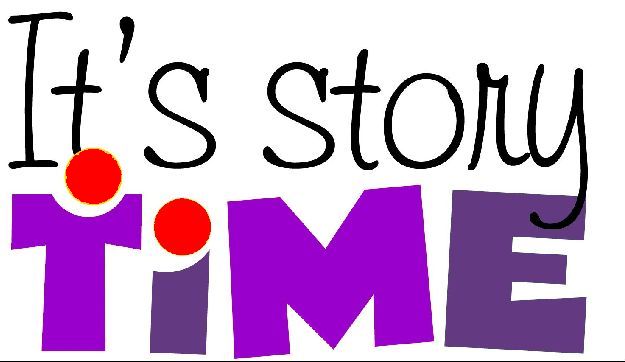Check-raising can be a very powerful strategy at the table, especially in games with weaker lineups, because people often just don’t see it coming. Most players check in scenarios where they’re either done with the hand or are content to check-call. Pulling a check-raise can thus be a strong weapon for a number of reasons.
Of course, like any other strategy, you need to understand reasons why you’re doing what you’re doing and what it is you’re hoping to accomplish. So, in this article, I’m bringing you top 3 tips for check-raising strategy, which should help you understand some fundamental principles behind this move and how it can help you rake in more pots in tournaments and cash games alike.
1. Avoid check-raising on a pure bluff
The first — and perhaps the most important — tip actually deals with what you shouldn’t do; i.e., don’t check-raise just for the sake of making a move. While this can be a powerful strategy and it can feel good to move your opponent off a hand (especially in a live game), check-raising on a pure bluff can often backfire big time.
No one advocates for making moves “just because you feel like it.” If your hand has no equity whatsoever and chances of improving are slim to none, it is rarely a good idea to start bloating the pot out of position. Like with everything else in poker, there will be exceptions where the board structure combined with your read on the player would merit a check-raise, but in general, try to keep your check-raises at least somewhat sensible.
2. Make sure the story you’re telling makes sense
When check-raising, especially if doing it on a bluff or semi-bluff, you need to make sure your line makes sense to your opponent. If we presume you’re playing against someone who has a solid idea about poker in general, they’ll try to put you on a range of poker hands when you make your move. If that range doesn’t fit the story, you could end up crashing and burning.
Certain board textures favor the player defending from the big blind. Lower, connected boards are more likely to hit your range than your opponent’s range. This isn’t true in 100% of the cases, of course, but the flatting range of most players is in that middling area, while opening ranges gravitate more towards higher value cards (ace-highs, picture cards, higher connectors, etc.).

On a board of A-J-5, your check-raise against a button player won’t make much sense. There are a few hands that you can have, of course, but in general this texture is more favorable to the original raiser. Trying to perform a check-raise bluff with this kind of board texture probably won’t work that often.
That being said, you should not raise anything on these boards and call even your strong holdings. This way you will protect your calling range and will prevent your opponent from pushing you off the hand every time he decides to barrel.
Thus, when deciding to make a move, make sure that the board is good for your range and that you can represent strong holdings.
3. Take advantage of the information you have
Online poker players have access to a variety of statistical information gathered using different poker tools. You should take advantage of this information when deciding whether to go for a check-raise or not. Looking into some specific data about your opponent could give you a pretty good idea about how likely they are to give up right then and there.

It may be hard to have a statistically relevant sample of how often someone folds to a check-raise, as these situations aren’t that frequent. However, if someone has a very high c-bet percentage, they probably fire with a variety of hands when checked to them. Against this type of a player, your check-raise bluff is more likely to succeed.
If you’re up against a player with a very low c-bet and/or someone who rarely folds to flop check-raises, you should stick to the value part of your range for the most part. The information you have would indicates this player only c-bets with strong hands, which means they’re unlikely to fold and will often pay you off when you hit big.







Comments